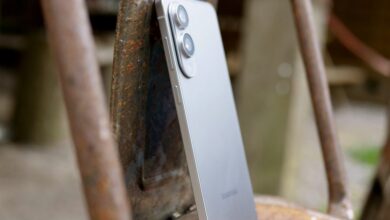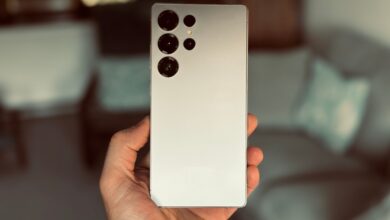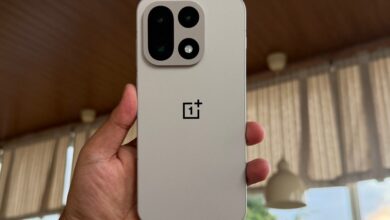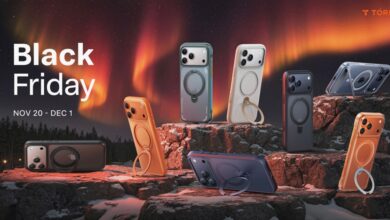Why We Need More Competitors to the iPhone Air
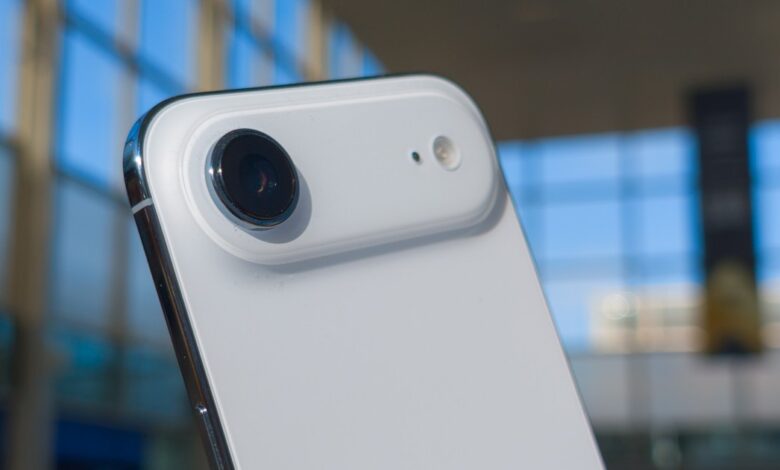
Introducing the iPhone Air: A Game Changer in Smartphone Design
This year, one of the most unexpected highlights in the smartphone market has been the iPhone Air.Although I've only had it for a few weeks, my appreciation for this device has grown substantially, despite some minor flaws.
While Apple may not have been the pioneer of ultra-slim smartphones, the iPhone Air is generating excitement for several reasons.Following other sleek models like the Galaxy S25 Edge and Tecno Pova Slim, as well as foldable options such as oppo Find N5 and Galaxy Z Fold 7, it's clear that thin designs are trending this year.
However, this phone offers more than just a slim profile. It represents an ideal framework for future technological advancements. Here’s why I believe other manufacturers should take note and create their own versions inspired by the iPhone Air.
The iPhone Air: A Launchpad for Innovation
At first glance, you might think of the iPhone Air as merely another thin device. Yet Apple has made clever design choices to achieve its impressive 5.64mm thickness. The company introduced a new component called Apple N1 that integrates wi-Fi, Bluetooth, and Thread antennas into one unit. This technology is also featured in other recent models like the iPhone 17 series and will likely be standard in future iterations.
The N1 chip works alongside Apple's latest A19 Pro chipset and several additional components housed within a compact camera plateau area. The remaining space is efficiently filled with a custom-designed battery that maximizes capacity without compromising size.
This innovative form factor sets up perfectly for upcoming technologies. There are whispers about an anticipated foldable model next year along with Apple's eventual entry into smart glasses territory. Additionally, it features a robust camera system with a 48MP main lens paired with an 18MP Center Stage selfie camera—though it lacks zoom or ultrawide capabilities; overall performance remains impressive.
A Glimpse at Future Developments: The Path to an iPhone Fold
Before its release, many speculated that we would see this model branded as part of the iPhone 17 lineup under “iPhone 17 Air.” Though, its distinct branding suggests it may follow more closely to how Apple handles special editions like those seen with their SE series.
This indicates that Apple is using this model to experiment with ideas for future products while keeping us on our toes about what’s next in line from them—most notably expected developments around an ultra-thin foldable phone slated for next year which could draw inspiration from what they’ve learned through creating the iPhone Air.
If two units of this phone were combined to create a folding version at just over five millimeters thick each when stacked together—it would still be thicker than competing devices currently available on shelves today! However—as first-generation tech goes—it would still outshine both Samsung's and Google's initial attempts at foldables regarding thickness alone! More realistically though—the anticipated dimensions could range between nine to nine-and-a-half millimeters when folded down versus four-and-a-half up through four-point-eight unfolded!
The Dawn of Thinner Devices
Having reported on smartphones for nearly two decades now reveals one undeniable truth: we've hit somewhat of a standstill concerning how these devices evolve overall! For much too long companies have battled over similar specifications while neglecting aspects such as weight or size altogether!
This trend began shifting dramatically within just eighteen months thanks largely due credit going towards Honor's introduction last year—the ultra-slim Magic V3—which sparked interest among competitors including Samsung who followed suit releasing two majorly thin offerings themselves recently! Sandwiched right between them was Oppo's Find N5 which briefly held onto being crowned “world’s thinnest folding phone” before losing out again shortly thereafter!
each new release pushes boundaries further forward asking questions like “How slim can we make phones without sacrificing battery life?” or “what role does AI play here especially considering telephoto lenses require larger physical spaces?”
The arrival into ultra-thin territory by none other than apple itself will undoubtedly ignite competition across markets while raising awareness amongst consumers regarding these types altogether leading us toward exciting possibilities ahead where thinner doesn’t mean lesser quality specs anymore either! But let’s not forget—we’ll still see those familiar bumps & plateaus sticking around too; case-in-point being upcoming releases such as Galaxy S26 Ultra which boasts being slightly thinner yet comes equipped nonetheless boasting thicker camera bump compared against previous generations!
And don't forget! NoveByte might earn a little pocket change when you click on our links helping us keep this delightful journalism rollercoaster free for all! These links don’t sway our editorial judgment so you can trust us if you’re feeling generous support us here.


